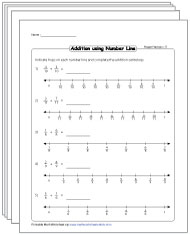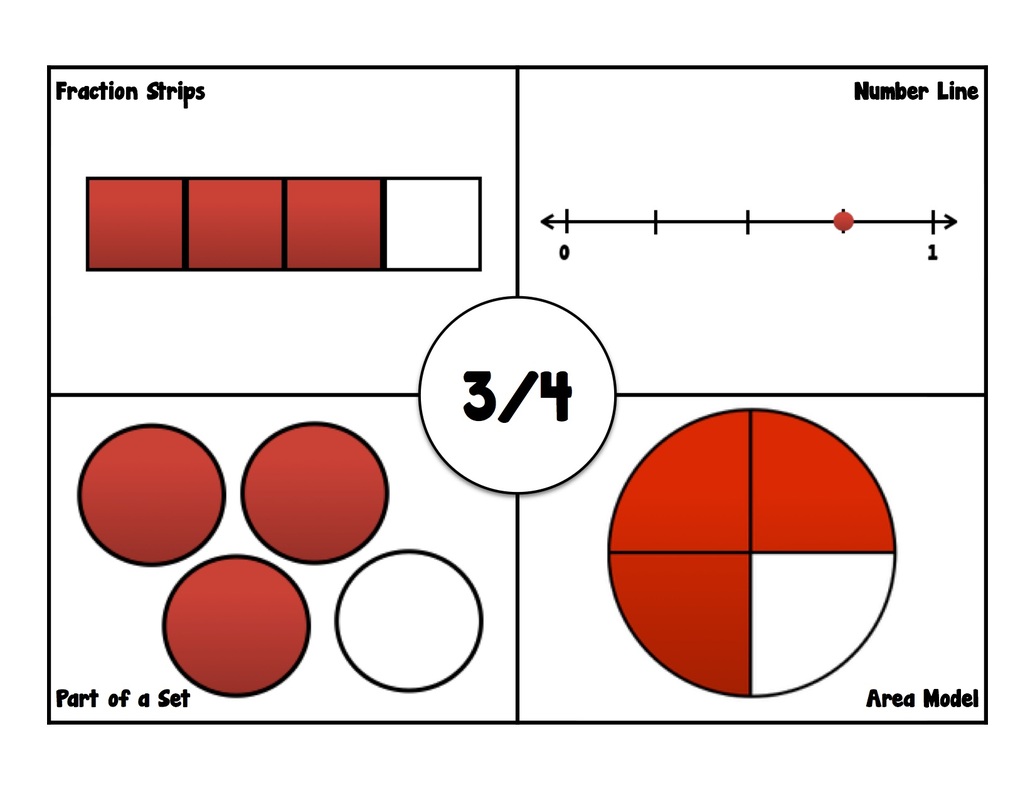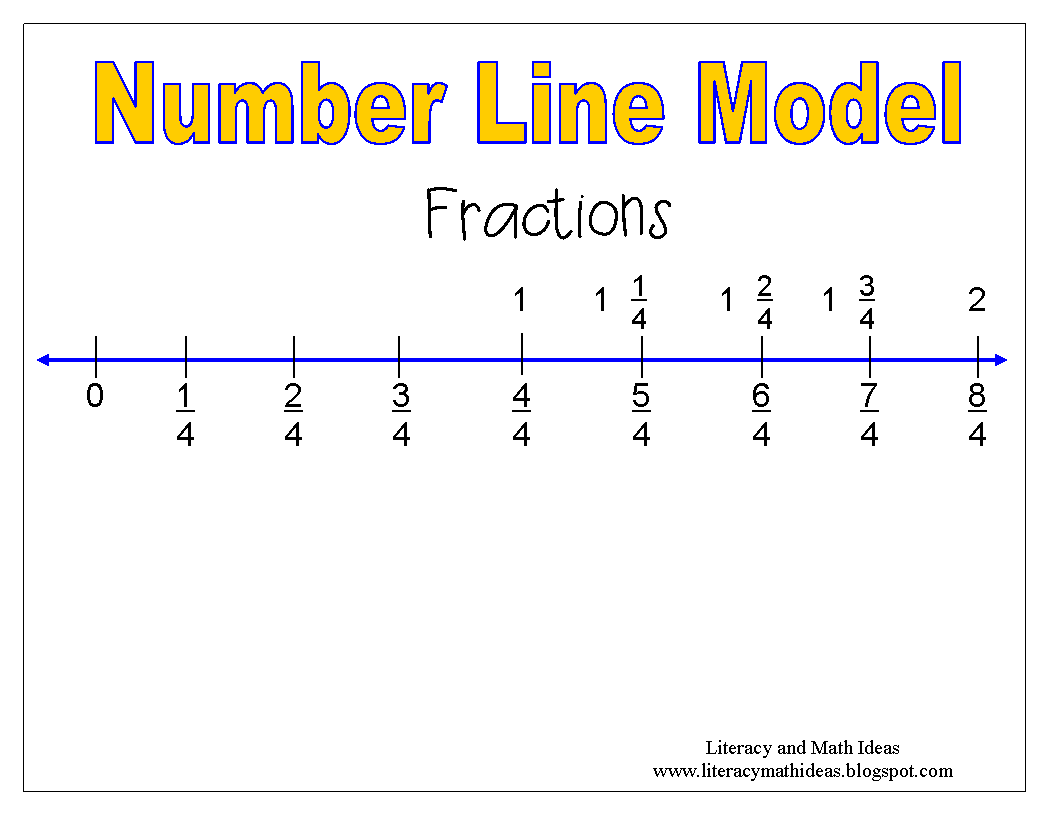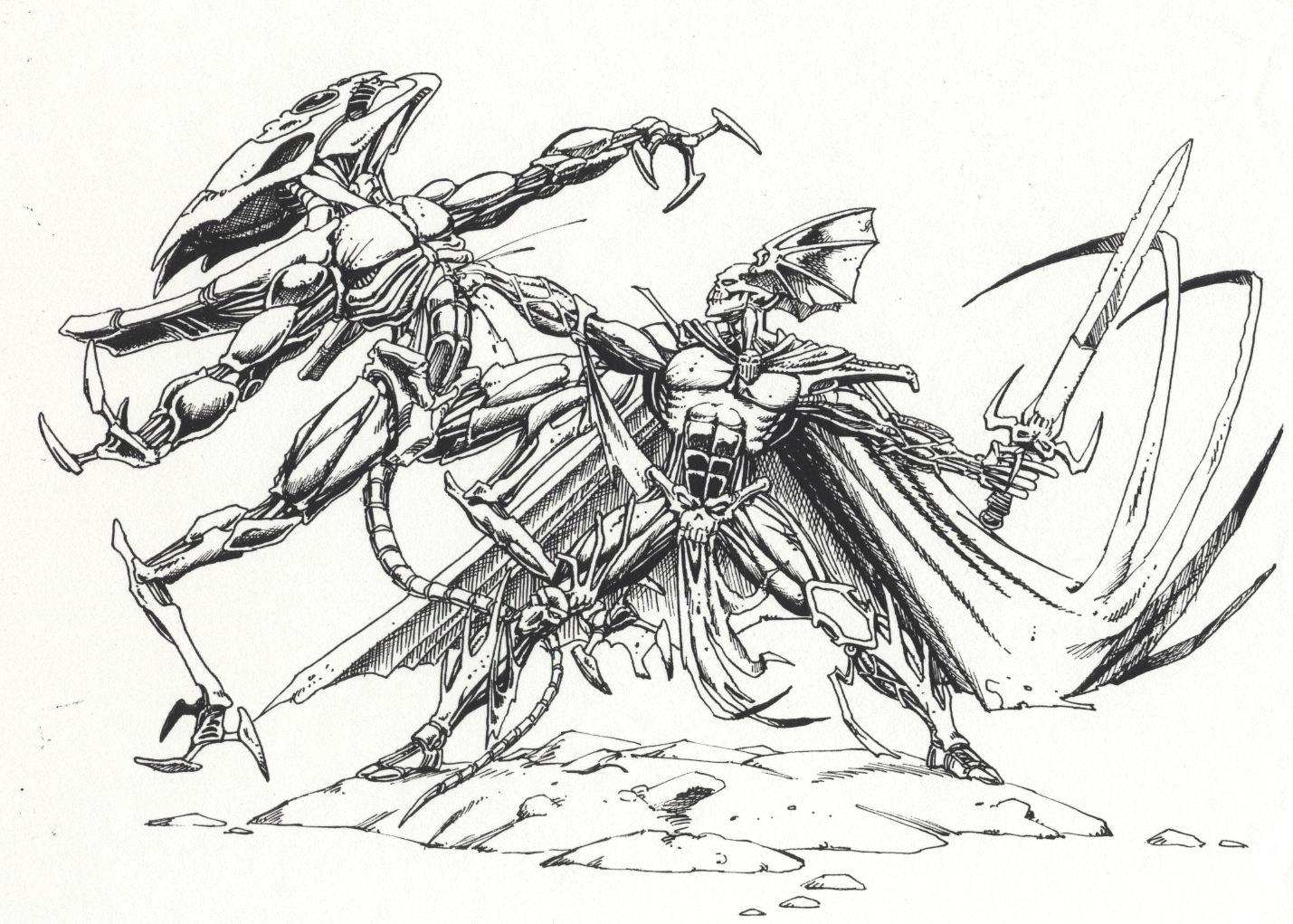Negative fractions on a number line
Table of Contents
Table of Contents
If you’ve ever struggled with drawing fractions on a number line, you’re not alone. It can be a tricky concept to grasp, but once you understand the basics, it becomes much easier. In this article, we’ll go over the process of drawing fractions on a number line, including some tips and tricks to make it simpler.
The Pain of Drawing Fractions on a Number Line
When it comes to fractions, many students struggle with understanding how they relate to the number line. It can be challenging to visualize where a fraction fits in between two whole numbers, and many students struggle with accurately placing the fraction on the line. This difficulty can lead to frustration and a lack of confidence in math skills, so it’s essential to master the skill of drawing fractions on a number line.
How to Draw Fractions on a Number Line
The process of drawing fractions on a number line involves two simple steps: first, identifying the whole numbers that the fraction falls between, and second, dividing the distance between those whole numbers into equal parts based on the denominator of the fraction. Let’s take a closer look at each step:
Step 1: Identify the Whole Numbers - Look at the fraction and identify the two whole numbers that it falls between. For example, if the fraction is 2/5, the whole numbers would be 2 and 3.
Step 2: Divide the Distance - Divide the distance between the two whole numbers into equal parts based on the denominator of the fraction. In our 2/5 example, the distance is 1, so we would divide that into 5 equal parts. Each part would represent 1/5. Starting at the first whole number (2 in this case) label the corresponding parts with the numerator, in order, until you reach the correct fraction point on the number line.
Summary of How to Draw Fractions on a Number Line
If you’re struggling with drawing fractions on a number line, start by identifying the whole numbers that the fraction falls between. Then, divide the distance between those whole numbers into equal parts based on the denominator of the fraction. Label these parts with the numerator, in order, until you reach the correct fraction point on the line.
The Importance of Practice
As with any math skill, the more you practice, the easier it becomes. It’s critical to practice drawing different kinds of fractions on a number line to become comfortable with the process. Consider creating custom worksheets for yourself or working with a tutor to get more practice.
Using Visual Aids
Visual aids can be a helpful tool when learning how to draw fractions on a number line. Look for online resources, such as videos or interactive tutorials, that demonstrate the process step-by-step. Also, consider creating your visual aids, such as drawing a number line on a whiteboard, to use as a reference when practicing.
Tips and Tricks
Here are a few additional tips and tricks to make drawing fractions on a number line simpler:
- Use a ruler or straight edge to ensure accuracy
- Write the whole numbers at the beginning and end of the line, so you don’t lose track of where the fraction should go
- Draw a small tick mark at each increment to make labeling easier
Question and Answer
Here are some common questions and answers related to drawing fractions on a number line:
Q: Do I need to use the same denominator for all fractions on the same number line?
A: Not necessarily. As long as you correctly divide each distance into equal parts based on the denominator for that particular fraction, you can use different denominators for fractions on the same line.
Q: Can I draw a fraction point in between tick marks?
A: No, it’s essential to place the fraction precisely at the correct spot on the line. If you’re unsure, use a ruler or straight edge to ensure accuracy.
Q: How can I tell if my fraction is placed correctly on the number line?
A: If you’ve correctly divided the distance between the two whole numbers into equal parts based on the denominator and labeled each part with the numerator in sequential order, your fraction should be placed correctly on the line.
Q: Do I need to label the whole numbers?
A: It’s a good idea to label the whole numbers at the beginning and end of the line, so you don’t lose track of where the fraction should go.
Conclusion of How to Draw Fractions on a Number Line
Drawing fractions on a number line can seem daunting at first, but with practice and a few tips and tricks, it becomes much more manageable. Remember to identify the whole numbers, divide the distance between them based on the denominator, and label each part of the line correctly. Use visual aids and custom worksheets to practice, and don’t forget to use a ruler or straight edge to ensure accuracy. With these techniques, you’ll be a fraction-drawing pro in no time!
Gallery
Negative Fractions On A Number Line - Go-images Web

Photo Credit by: bing.com / fractions fraction
Representing Fractions - Mr. Nonnemaker’s Investigators

Photo Credit by: bing.com / fractions representing number comparing fraction ways model represent line models area sense compare mixed numeration decimals students use weebly
How To Draw Fractions On The Number Line? - Teachoo - Fractions On The

Photo Credit by: bing.com / line number fractions into
Literacy & Math Ideas: Fraction Strategies

Photo Credit by: bing.com / number line fractions fraction mixed numbers math clipart clip understanding divided strategies plotting literacy gain fourths helps students better format
Fraction Worksheets For Grade 3 Site:pinterest.com To Educations

Photo Credit by: bing.com / fractions grade ordering number line third fraction 3rd worksheets math printable worksheet classroom equivalent freebies





